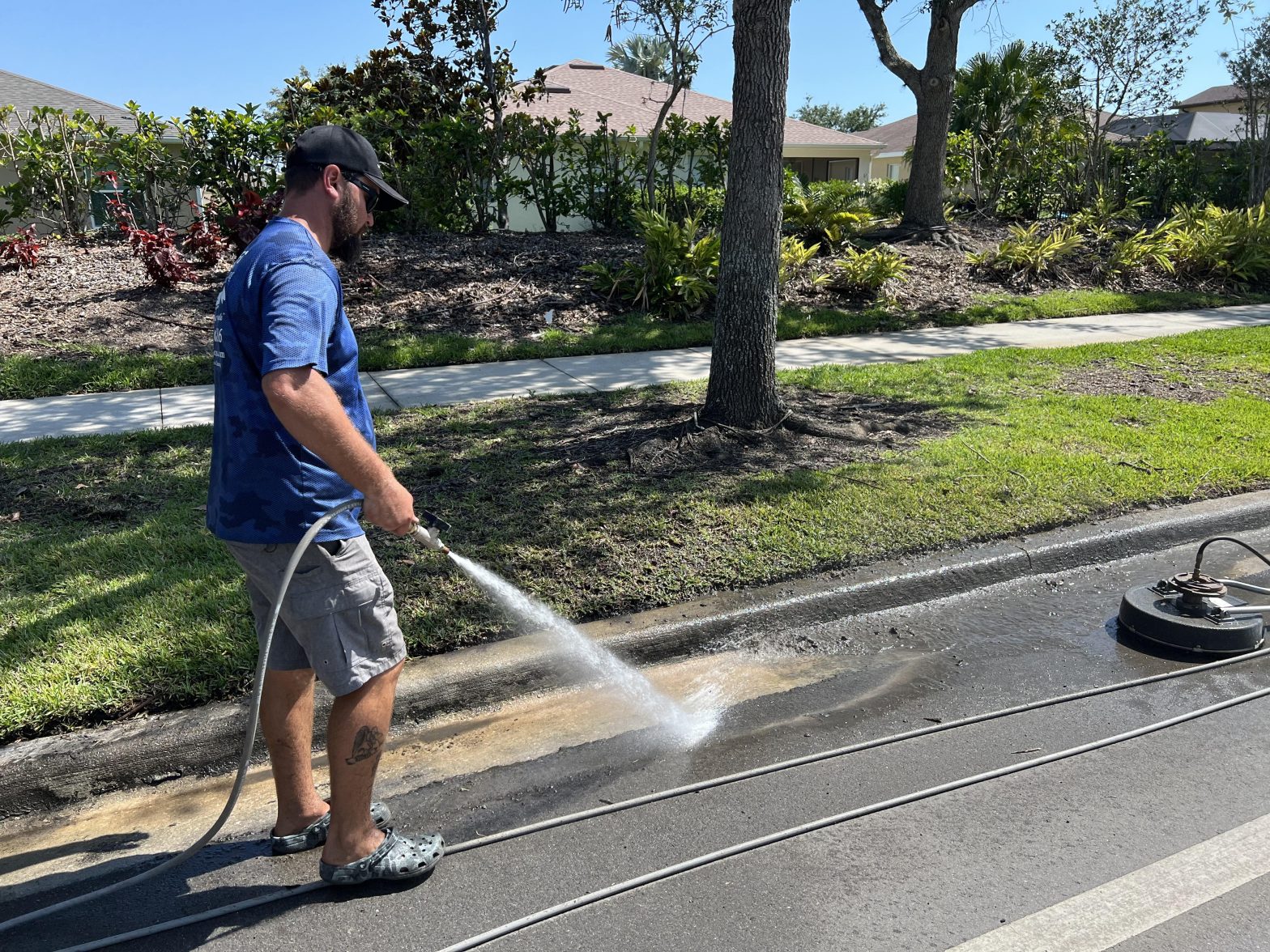When it comes to boosting your property’s curb appeal, few methods are as fast, effective, and affordable as power washing. Whether you’re cleaning your home’s siding, driveway, deck, or commercial building exterior, power washing delivers noticeable results within hours. However, achieving a professional-level finish requires more than just pointing a hose at a dirty surface. To help you get the best outcome possible, Weir Washing has compiled nine expert-approved power washing strategies that guarantee instant impact and long-lasting cleanliness.
1. Choose the Right Equipment
Before you begin, it’s crucial to select the right type of power washer. There are two main options: electric and gas-powered machines. Electric models are great for light-duty tasks such as washing vehicles or patios, while gas-powered units offer the strength needed for heavy-duty jobs like stripping paint or cleaning large driveways. Also, consider the pressure rating (measured in PSI) and water flow rate (GPM) to ensure it matches your project requirements. Selecting the proper machine lays the foundation for an effective power washing experience.
2. Understand Surface Sensitivity
Different surfaces require different power washing techniques. For example, concrete can handle high pressure, but wood siding or composite decks need a more delicate approach. Using the wrong pressure setting or nozzle can result in damage such as gouges, splinters, or paint stripping. Always start with a wider-angle nozzle and lower pressure setting, then gradually increase if needed. This strategy protects your property while still delivering excellent cleaning results.
3. Pre-Treat Stains for Better Results
One of the most overlooked steps in power washing is pre-treatment. Applying a suitable detergent or cleaning solution before power washing can loosen dirt, mold, algae, and other tough stains. This not only makes the process easier but also enhances the effectiveness of your cleaning. Choose environmentally-friendly cleaners that are safe for your surface and surroundings. Let the solution sit for 5–10 minutes before rinsing to allow it to work its magic.
4. Maintain Consistent Motion
Many beginners make the mistake of holding the spray in one spot for too long. This can cause uneven cleaning and even damage to the surface. Instead, use smooth, consistent motions and overlap each pass slightly to ensure complete coverage. Whether you’re working on siding, fences, or concrete, uniform movement creates a professional-looking finish with no streaks or lines.
5. Use the Correct Nozzle Attachment
Power washing machines come with various nozzle tips, usually color-coded based on the spray angle. The 0-degree nozzle offers a very narrow stream and is best for tough grime on hard surfaces. In contrast, the 40-degree nozzle provides a wider spray, suitable for delicate surfaces like windows or painted wood. Choosing the correct nozzle improves safety and performance. A soap nozzle is also helpful for applying cleaning solutions evenly.
6. Don’t Forget Safety Precautions
Power washing is highly effective but can be dangerous if not done properly. Always wear protective gear, including safety goggles, gloves, and sturdy footwear. Be cautious around electrical outlets, and never aim the washer at people or pets. It’s also important to avoid using ladders with a power washer. Instead, use an extension wand to reach higher areas. Following safety practices not only protects you but ensures a smooth, accident-free project.
7. Test in a Hidden Area First
Before you start a large cleaning project, always test your power washing setup in a small, inconspicuous area. This allows you to assess whether the pressure, nozzle, and cleaning solution are appropriate for the surface. A quick test can help you avoid costly mistakes, especially when working on painted surfaces or older materials that may be prone to damage.
8. Clean From Top to Bottom
A common professional technique is to start cleaning at the top of a structure and work your way down. This strategy prevents dirty water from dripping over already-cleaned areas, saving you time and effort. For vertical surfaces like house siding or fences, a top-down approach also helps rinse away loosened dirt and soap more efficiently. It’s a simple tip, but it makes a big difference in the final result.
9. Schedule Regular Maintenance
Power washing isn’t just a one-time fix—it’s an essential part of long-term property maintenance. At Weir Washing, we recommend scheduling regular power washing at least once or twice a year, depending on your location and environmental conditions. Regular cleaning prevents buildup of mold, algae, and pollutants, extending the life of your surfaces and keeping your home or business looking fresh year-round.
Conclusion: Make an Instant Impact with Professional Power Washing
Power washing is a powerful and affordable way to restore the beauty and value of your property. By using the right equipment, understanding your surfaces, and following professional techniques, you can achieve stunning results that last. At Weir Washing, we specialize in providing top-quality power washing services that leave a lasting impression. Whether you’re preparing your home for sale or simply refreshing your exterior, these nine strategies will help you achieve maximum impact with minimal effort.
Ready to transform your property? Contact Weir Washing today for expert power washing services tailored to your needs.
Click here to return to the homepage and unlock more content.
Frequently Asked Questions
1. How often should I schedule power washing for my home?
We recommend power washing your home at least once a year. However, homes in areas with high humidity, lots of trees, or frequent storms may benefit from bi-annual cleanings to prevent mold and mildew buildup.
2. Can power washing damage my property?
Yes, if done incorrectly. Using excessive pressure or the wrong nozzle can damage siding, wood, or paint. Always use proper settings and techniques, or hire professionals like Weir Washing to ensure safe, effective cleaning.
3. What surfaces can be power washed?
Most exterior surfaces can be power washed, including concrete, brick, vinyl siding, decks, fences, and driveways. Delicate materials like stucco or aged wood may require a lower-pressure soft washing approach.
